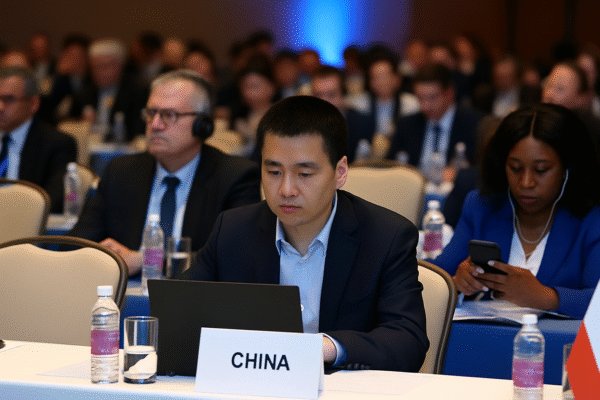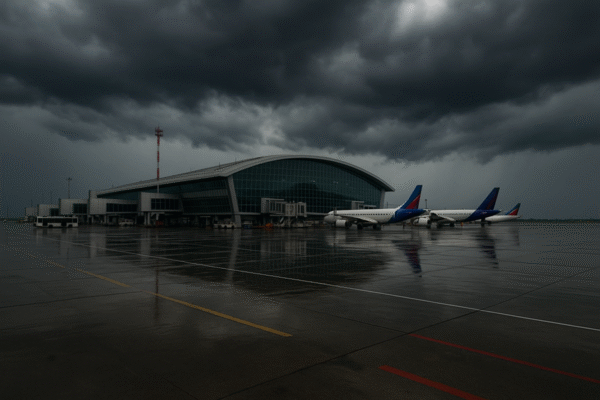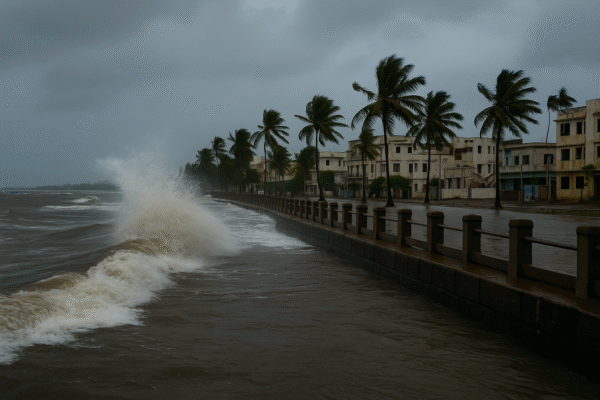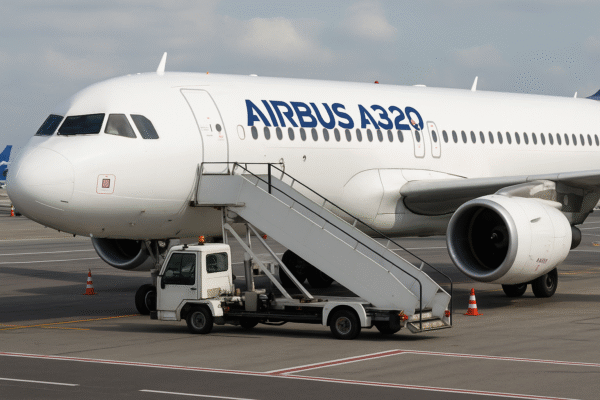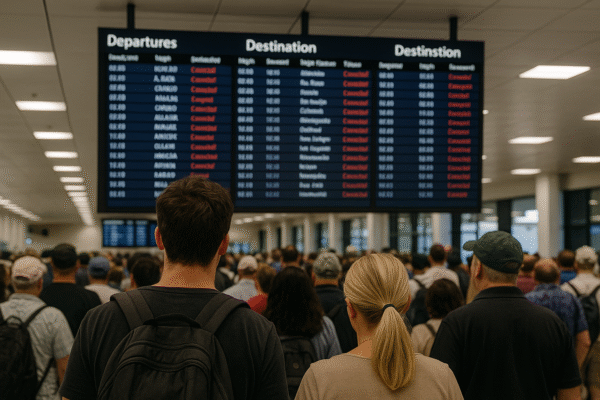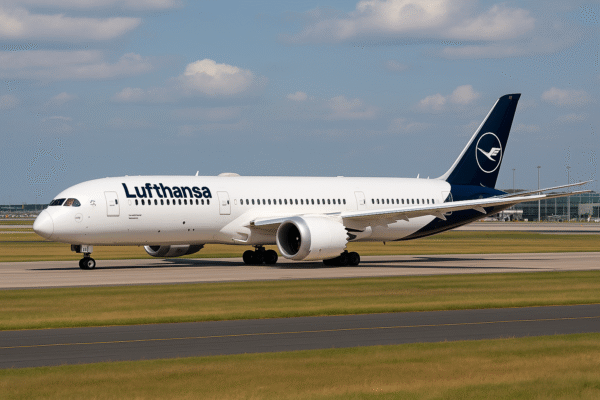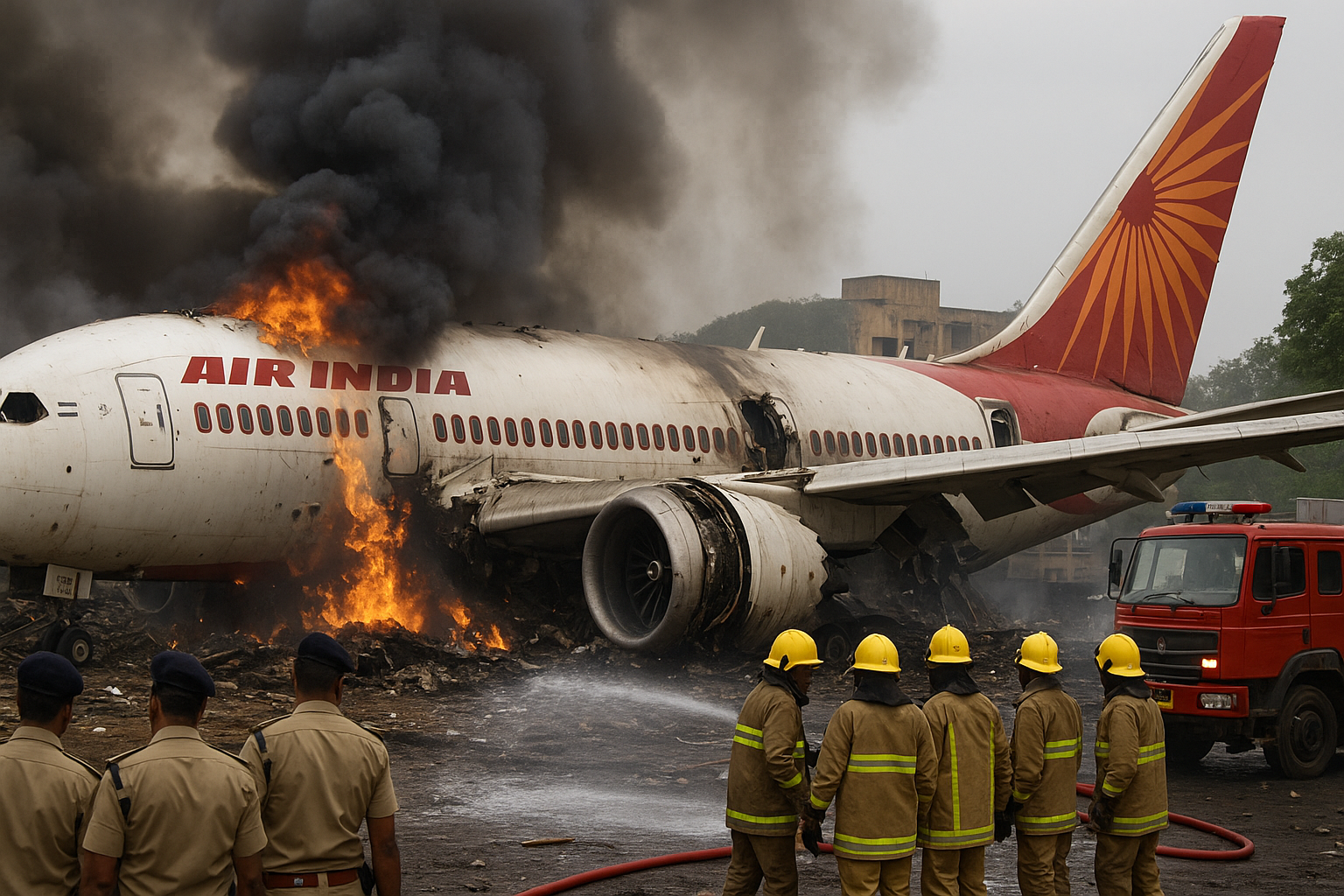On June 12, 2025, Air India Flight AI 171, operated by a Boeing 787‑8 Dreamliner (registration VT‑ANB), tragically crashed just 30 seconds after takeoff from Sardar Vallabhbhai Patel International Airport, Ahmedabad. The flight was destined for London Gatwick with 242 people on board—230 passengers (including 169 Indians, 53 British, 7 Portuguese, and 1 Canadian) and 12 crew members.
According to FlightRadar24, the jet reached ~625 ft before abruptly descending at ~475 ft per minute. CCTV captured the plane banking suddenly then crashing into a hostel within B. J. Medical College campus, triggering a massive explosion and fireball.
Casualties & Survivor
Of the 242 on board, 241 perished. Vishwash Kumar Ramesh, a 40‑year‑old British‑Indian seated in 11A near an emergency exit, was the sole survivor, sustaining minor injuries and walking away from the wreckage.
The crash also struck residential quarters and a dining area used by medical students, resulting in at least 28 ground fatalities and 60 injuries. Ahmedabad’s police reported 269 total fatalities—241 in the aircraft and 28 on the ground.
Aircraft & Airline Details
The Dreamliner involved was 11 years old, delivered in 2014. This marks the first fatal crash and hull loss involving Boeing’s 787 series — until now known for robust performance. For Air India, it’s the deadliest aviation disaster since 1985’s Flight 182 bombing, and it’s India’s worst single-plane crash ever.
Response & Rescue Operations
Emergency response was swift: men and women from the National Disaster Response Force, Indian Army, CISF, and local fire and police units secured the site, combed through debris, and treated victims. Roads around the crash site were sealed to aid relief efforts. Western Railway deployed resources for injured transport.
Investigations Underway
India’s AAIB is leading the investigation, supported by Boeing, General Electric, the UK Air Accidents Investigation Branch (AAIB), and the US NTSB. Investigators recovered black boxes, including flight data and cockpit voice recorders.
Preliminary analysis indicates a possible technical failure—reports mention mayday calls shortly before loss of communication. Experts also flagged unusual landing-gear/flap configuration during takeoff, which may have contributed.
Impact on Boeing & Air India
This crash lands amid heightened scrutiny of Boeing’s global safety record, following past issues with the 737 MAX series and door plug incidents on 737‑9s. Boeing’s share price fell ~5–9% in response . Boeing CEO Kelly Ortberg offered full cooperation; GE Aerospace pledged technical support.
Air India, under Tata Group’s management since 2022, is reportedly offering financial support and counseling to families, cooperating closely with investigators. The airline’s CEO, Campbell Wilson, called it a “difficult day,” detailing dedicated support teams deployed.
Official & Global Condolences
India’s PM Narendra Modi described the crash as “heartbreaking beyond words,” with Home Minister Amit Shah coordinating relief. The UK Prime Minister Keir Starmer, King Charles III, and other global leaders—including from Canada, Portugal, the US, and Vatican—expressed condolences.
What Happens Next?
- Crash Site Analysis: Investigators are mapping wreckage, flight instruments, and damage zones (especially at the medical hostel).
- Black Box Review: Voice and cockpit data recorders are being analyzed for flight parameters, crew communication, and aircraft systems.
- Technical Forensics: Boeing/GE engineers will examine flap, gear, engine, and systems performance.
- Policy & Safety Reforms: Pending root cause, India’s DGCA along with Boeing and international regulators may revise protocols, training, maintenance, and manufacturing oversight.
Continued Developments to Watch
- Official XX-month preliminary report by India’s AAIB detailing flight path, crew action, and system performance.
- Boeing and GE’s final technical review and safety recommendations.
- Legal/family compensation frameworks by Tata Group and Air India under Indian/Air treaty law.
- Industry-wide implications, especially for Boeing’s reputation and regulatory posture worldwide.
In Summary
The June 12 Ahmedabad crash deeply shocked the global aviation community—marking the first fatal Dreamliner crash and claiming an estimated 269 lives. While only one passenger, Vishwash Kumar Ramesh, survived, the tragedy triggered a coordinated international probe involving multiple stakeholder nations. Early signs hint at possible technical or procedural failure, but the definitive cause remains under investigation. The outcome will likely shape Boeing’s safety protocols, Air India’s support systems, and India’s civil aviation standards.
Disclaimer:
This image is AI-generated and created for illustrative purposes only. It may not accurately represent the actual events, individuals, or locations described in the news article.

